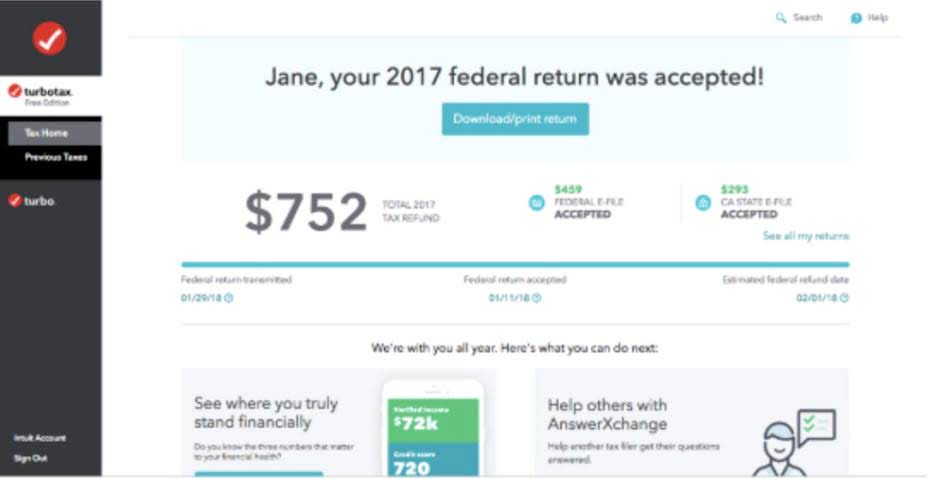
It is a formula commonly used in analyzing annuities, and is available in table form for reference. PVIF tables often provide a fractional number to multiply a specified future sum by using the formula above, which yields the PVIF for one dollar. Then the present value of any present worth factor formula future dollar amount can be figured by multiplying any specified amount by the inverse of the PVIF number.
- The formula, based on the potential interest rate and the number of payment periods, will give you a point of comparison between options.
- In decision frameworks where speed and clarity matter – like project evaluation, lease analysis, or quick valuations – present value tables serve as a mental shortcut.
- Such series of payments (either inflow or outflow) made at equal intervals is called an annuity.
- PVIFs are often presented in the form of a table with values for different time periods and interest rate combinations.
- You’ll recognize patterns, think in cash flows, and move quicker under time pressure.
Understanding the Time Value of Money
A small mistake in your calculations can have a significant impact on your final result. It is crucial to Certified Public Accountant double-check your work and ensure that you are using the correct inputs. Using an incorrect interest rate can lead to an inaccurate PVIF calculation.
Lump Sum Present Value Tables

The discount factor is Bookkeeping for Painters most often used to determine the present value (PV) of a series of future cash flows. The term in brackets in Equation (2-7) is the conversion factor referred to as the uniform series present worth factor (USPWF). It is the P/A factor used to calculate the equivalent P value in year 0 for a uniform end-of-period series of A values beginning at the end of period 1 and extending for n periods. If annuity payments are due at the beginning of the period, the payments are referred to as an annuity due. To calculate the present value interest factor of an annuity due, take the calculation of the present value interest factor and multiply it by (1+r), with “r” being the discount rate.

Discounted Cash Flow Analysis Assumptions (DCF)

We do this to align the interest rate with the periodic payment/compounding frequency. Step 3) For the nper argument, refer to the number of periods after which the cash flow will occur. Step 2) Refer to the cell containing the interest rate / rate of return as the rate argument. It is important to when each periodic payment is time to yield the correct present value of an annuity. Excel returns the present value for this series of cash flows as $746.06.
- To determine whether the investment is worth making, the company would use the PVIF formula to calculate the NPV.
- The PVIF calculation is essential in determining the value of future cash flows in today’s dollars.
- In the next part, we’ll discount five years of free cash flows (FCFs).
- So if you save $2,000 per year, at the end of each year for 10 years, starting from year one to year 10, the accumulated money is equal to $11,300 at present time.
- The present value interest factor of annuity (PVIFA) is used to calculate the present value of a series of annuity payments.
- PVIF tables are typically organized by interest rate and number of periods, making it easy to find the appropriate PVIF value.
- It is important to consider other factors such as changes in interest rates, risk, and the scope of the formula before relying solely on the PVIF calculation.

This could be in years, months, or any other unit of time measurement, depending on the context and the specific financial calculation or problem being solved. Now let’s consider the case that we have equal series of payments and the first payment doesn’t start from year 1. In that case the factor P/ A i,n will give us the equivalent single value of equal series of payments in the year before the first payment. So, we need to multiply that with the factor P/ F i,n and discount it to the present time (year 0). Present value uses the time value of money to discount future amounts of money or cash flows to what they are worth today.
